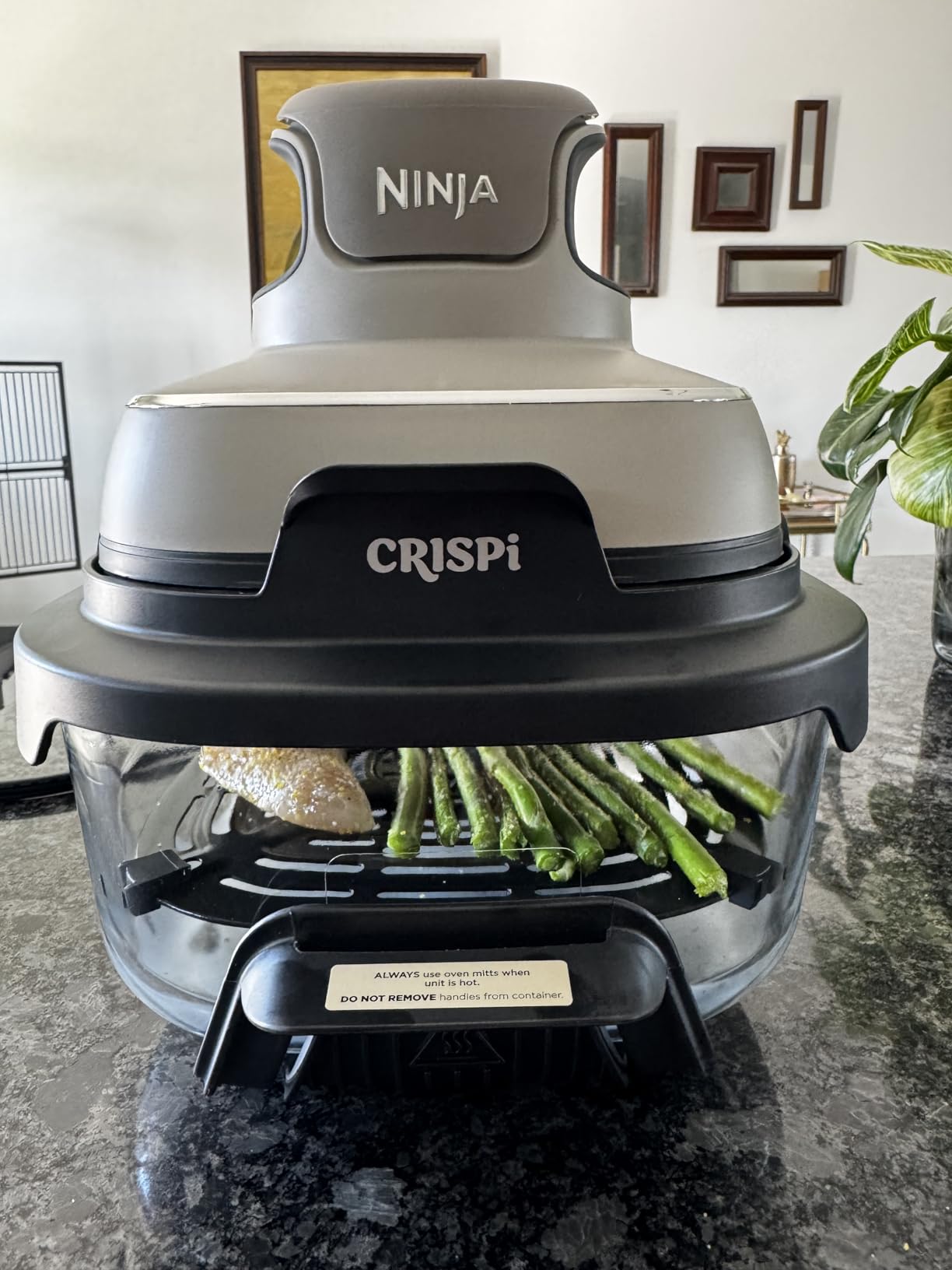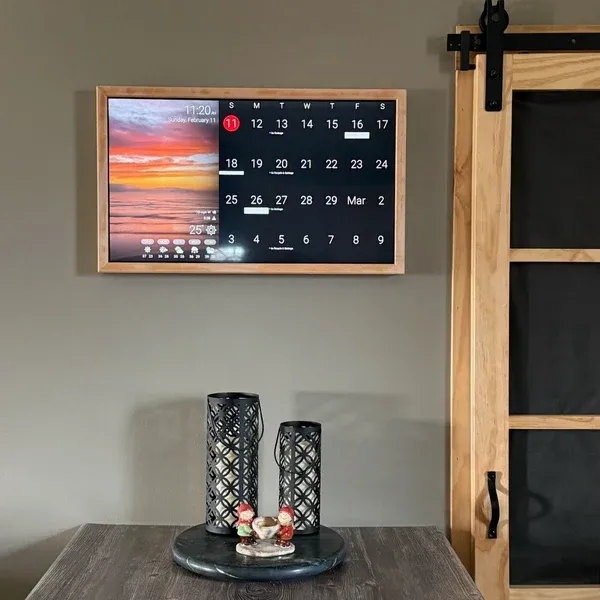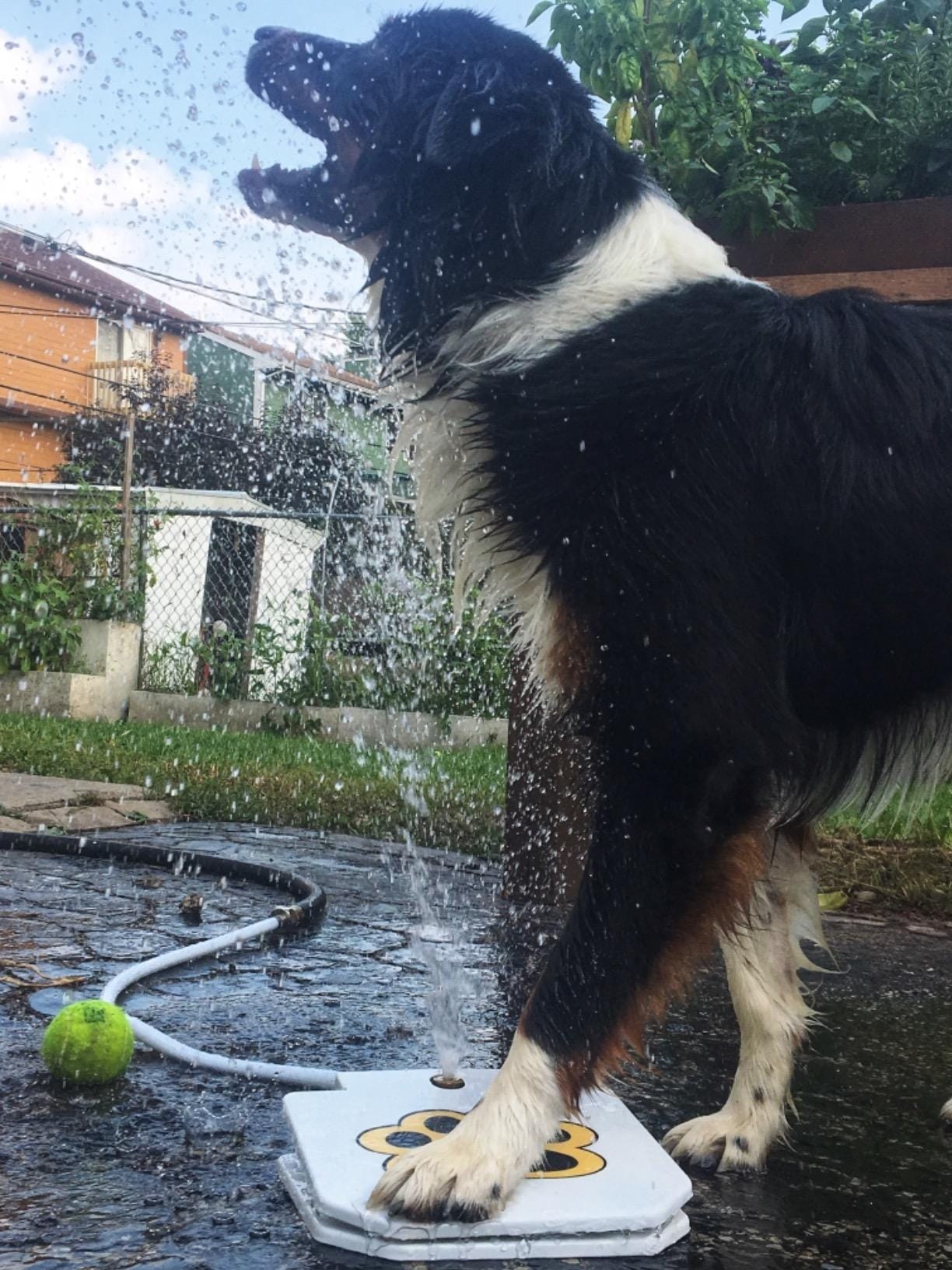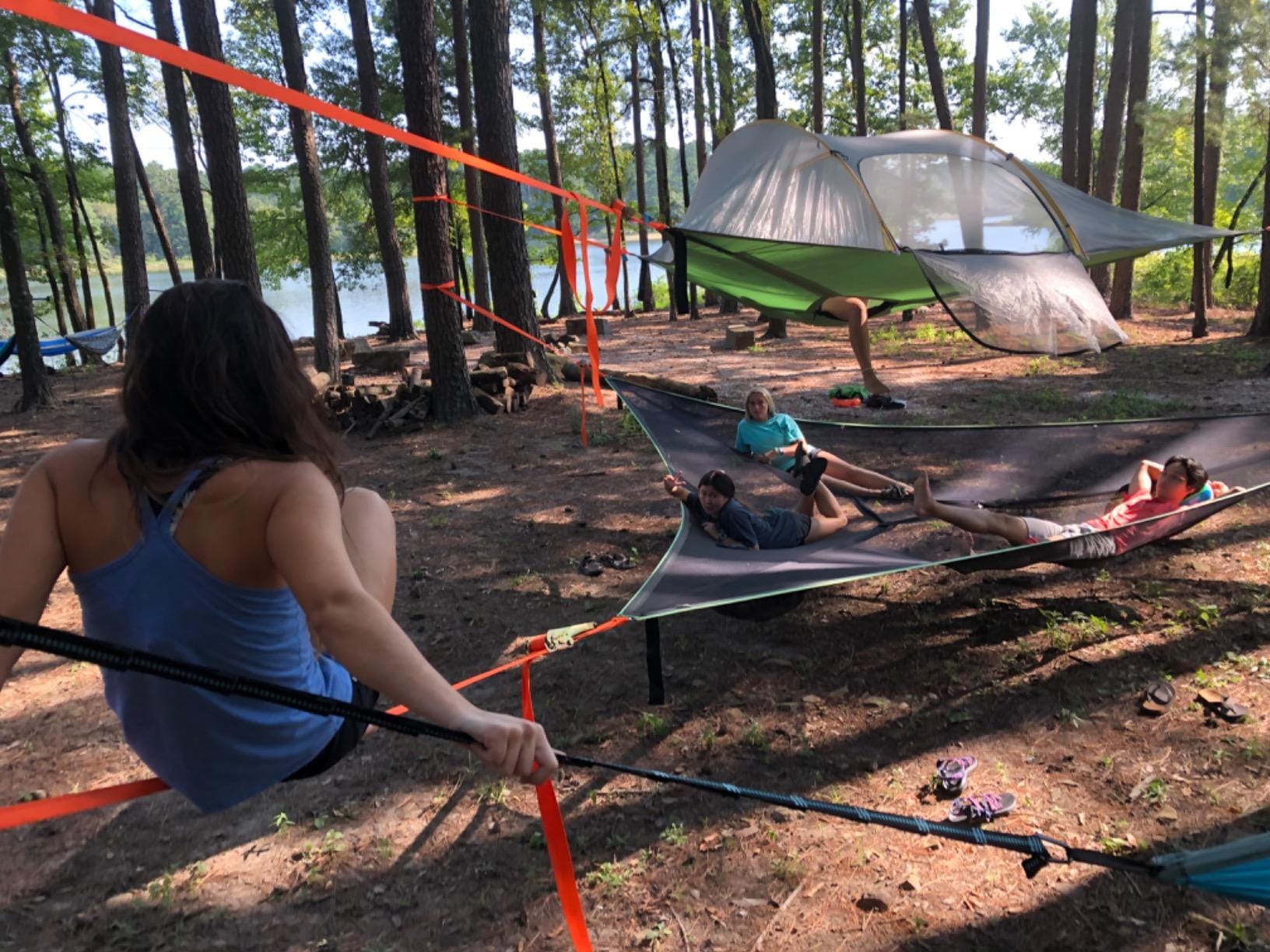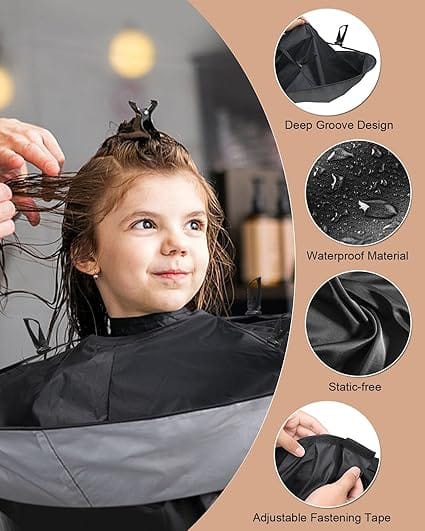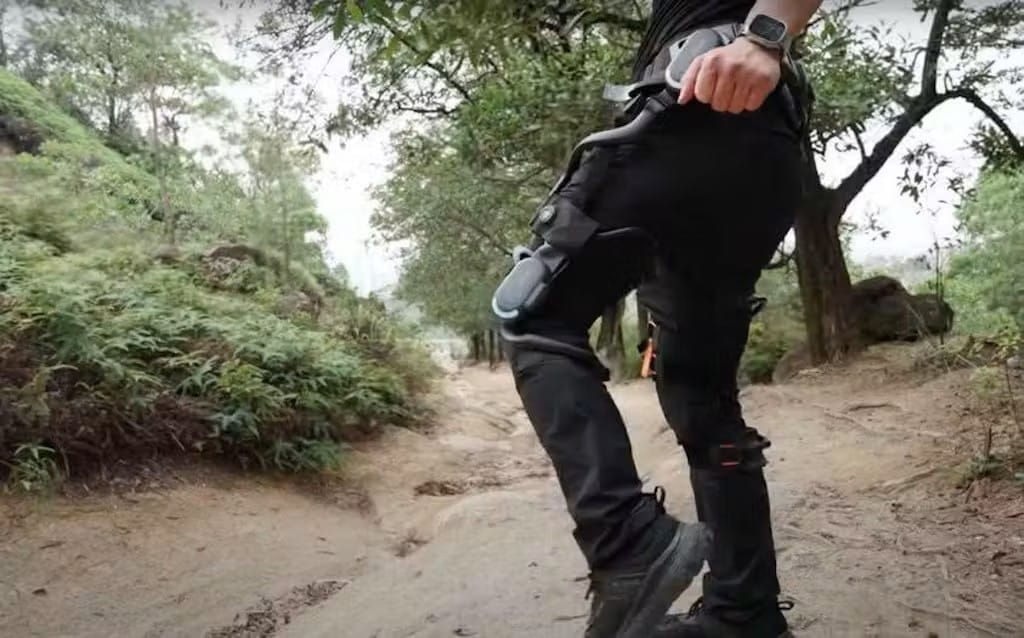
Dnsys X1 Exoskeleton Review: A Glimpse of the Future?
Author Byline: By David Miller / Last updated on August 17, 2025
Introduction
There's a specific turn on the Echo Mountain trail, just past the old railway ruins, where the path gets steep. For years, that was my favorite spot—the burn in my quads, the view of the city opening up below. But lately, it's become a symbol of something else: a reminder that I'm not 25 anymore. The post-hike knee ache, the two days of recovery... it was starting to steal the joy from my weekend passion. So when I heard about the Dnsys X1, a lightweight exoskeleton promising to make every step easier, my inner tech nerd and my aching hiker's knees both screamed, "I have to try this." It felt like science fiction, but what if it could give me back that feeling on the trail? I had to find out.

Dnsys X1 Exoskeleton Review: A Glimpse of the Future?
I tested the Dnsys X1 exoskeleton on my favorite hiking trail. Is this wearable robot the real deal for extending your adventures? My honest take.
The Bottom Line Up Front (BLUF)
The Dnsys X1 is a genuinely impressive piece of consumer technology that delivers on its core promise of making walking and hiking feel less strenuous. It’s not a magic bullet for running marathons, but for avid walkers or hikers looking to extend their range and reduce fatigue, it's a game-changing (and expensive) glimpse into the future of personal mobility.
Our Rating Breakdown:
- Performance (Assistance & AI): 9.0/10 - The AI-driven assistance is remarkably intuitive, kicking in right when you need it and feeling surprisingly natural.
- Build Quality & Design: 8.5/10 - The carbon fiber frame is light yet strong, but some of the plastic components and strapping feel less premium than the price tag suggests.
- Comfort & Wearability: 7.5/10 - It's impressively lightweight, but proper strap adjustment is critical to avoid chafing on very long treks. It takes time to dial in the perfect fit.
- Battery Life: 8.0/10 - The advertised 25km range is achievable in walking mode, but expect less if you're tackling steep hills or using the higher-assist modes.
Value for Money: 7.0/10✨✨✨✨✨✨ - This is an expensive, early-adopter product. The value is in the unique capability it provides, not in a direct cost-benefit comparison to other gear.
Key Specifications at a Glance:
- Weight: 1.6 kg (3.5 lbs)
- Assistance Modes: Walking, Running, Climbing
- Max Assistance Force: 900W
- Quoted Range: Up to 25 km (15.5 miles)
- Charge Time: Approx. 3 hours
- Rider Weight Limit: Up to 110 kg (242 lbs)
- Frame Material: Carbon Fiber
Unboxing and First Impressions
The Dnsys X1 arrives in a sleek, compact box that immediately feels like a premium tech product. Inside, the exoskeleton is nestled securely in foam. My first thought upon lifting it out was, "Wow, this is lighter than I expected." At just 1.6kg, it feels more like a heavy-duty camera harness than a robot. The carbon fiber legs have a beautiful finish and feel incredibly rigid.
Getting it on the first time is a bit like learning to put on a new piece of camping gear—there's a learning curve. You step into the leg loops and secure a series of straps around your waist and thighs. The instructions are clear, but it took me a good 10 minutes of fiddling to get everything snug and properly aligned. It doesn't feel cumbersome, just… different. It's a strange sensation to have something powered strapped to your body.
Putting It to the Test: Real-World Performance
I wasn't going to test this in my living room. I took the Dnsys X1 straight to my personal proving ground: the Echo Mountain trail.
I started on flat ground in "Walking" mode. The moment I took my first step, I felt a gentle, uncanny push. It’s not a sudden jerk; it’s more like a firm, invisible hand on your back, helping you glide forward. The AI is the star here. It learns your gait in the first few steps and anticipates your movement. When I stopped, it stopped. When I sped up, the assistance ramped up smoothly. It felt… symbiotic.
The real test, though, was that steep incline. I switched to "Climbing" mode via the small controller. This is where the X1 truly blew me away. The 900W of power is no joke. The burning sensation in my quads was significantly reduced. It felt less like I was conquering the hill and more like the hill was simply flattening out for me. I reached my favorite viewpoint less out-of-breath and with more energy than I have in years. It was a genuinely profound moment. It didn't do the work for me, but it made the work I was doing feel 30-40% easier, just as advertised.
Running mode was interesting. It definitely adds a spring to your step, but as a casual jogger, it felt a bit aggressive. I think this mode is geared more toward serious runners looking to shave seconds off their time. For me, the walking and climbing modes were the real magic.
What Real Users Love (The Pros):
- Noticeable, Effective Assistance: The device genuinely reduces the perceived effort of walking and climbing. On my hike, I felt I could have easily gone another couple of miles.
- Why this matters to you: It means longer adventures, keeping up with faster friends, or simply making your daily walks more enjoyable and less taxing on your joints.
- Incredibly Lightweight Design: At 1.6kg, you notice it's there, but it never feels like a burden. It's easy to forget you're wearing it after a while.
- Why this matters to you: A heavy device would defeat the purpose. This lightweight build makes it practical for all-day use without causing back or shoulder strain.
- Smart, Adaptive AI: The way the X1 learns and syncs with your personal walking rhythm is the secret sauce. It feels natural, not robotic.
- Why this matters to you: There's no jerky on/off feeling. The smooth, predictive assistance makes it feel like an extension of your own body.
Common Complaints & Potential Deal-Breakers (The Cons):
- The Price Tag is Steep: Let's be honest, this is a major investment, putting it out of reach for many.
- Why this matters to you: You're paying a premium to be an early adopter of a brand-new technology. Its value is highly personal and depends on how much you'll use it.
- Getting the Fit Perfect is Fiddly: If the straps aren't perfectly adjusted, you can get some rubbing or pressure points on a long hike. It requires some trial and error.
- Why this matters to you: You'll need to be patient during your first few uses to dial in the comfort. Don't expect to just throw it on and go for a 10-mile hike perfectly on day one.
- Battery Life on Tough Terrain: While the 25km range is fine for city walking, using the high-assist "Climbing" mode drains the battery much faster. I used about 60% of my battery on a 7km demanding hike.
- Why this matters to you: You need to plan your epic adventures around the battery's limitations, especially in hilly areas. You can't just swap it out on the trail.
Is It Built to Last? Durability and Long-Term Value
This is a key question for such an expensive piece of gear. The core frame is made of carbon fiber, the same stuff used in high-end bicycles and race cars. It’s incredibly strong and should withstand years of use. The motors and actuators are housed in durable casings. My main, albeit minor, concern lies with the plastic buckles and nylon straps. They feel perfectly adequate, but they don't scream "premium" in the same way the carbon fiber does. Over many years of use, I could see a buckle being a potential failure point. That said, this is a far cry from a flimsy gadget. It feels like a solid piece of engineering designed for real-world motion. Its long-term value comes from enabling activities you might otherwise have to give up—and it's hard to put a price on that.
Best Alternatives (The Competition)
The consumer exoskeleton market is still in its infancy, so direct competitors are rare. However, if you're looking for assistance, here are two different approaches:
| Feature | Dnsys X1 Exoskeleton | High-End Trekking Poles (e.g., Black Diamond) |
|---|---|---|
| Type of Aid | Powered, active assistance | Manual, passive support |
| How it Helps | Reduces muscle fatigue, propels you forward | Improves stability, reduces impact on knees |
| Best For | Extending endurance on long walks/hikes | Stability on uneven terrain, river crossings |
| Tech Level | High-tech, AI-driven | Low-tech, purely mechanical |
| Price | $$$$ | $$ |
- For a non-powered alternative: High-end carbon fiber trekking poles are the classic choice. They don't propel you, but they dramatically improve stability and reduce the impact load on your knees, especially on descents. They are a fraction of the cost and serve a different, but related, purpose.
- There are no direct consumer-grade competitors at this price point and feature set right now. The Dnsys X1 is carving out a new category. Other exoskeletons are typically medical-grade devices costing tens of thousands of dollars.
Frequently Asked Questions (FAQ)
- Is the Dnsys X1 difficult to use?
There's a small learning curve to putting it on and adjusting the straps, but operating it is simple. The AI does most of the work, so you just walk, and it helps. - Can it help me recover from an injury?
The Dnsys X1 is a fitness and mobility enhancement device, not a certified medical device. You should always consult with a doctor or physical therapist before using it for injury rehabilitation. - How does it feel when the battery dies?
It just becomes a passive, 1.6kg frame on your legs. It doesn't lock up or impede you, but you'll suddenly feel the full weight of your own movement again. You can still walk normally, just without the assistance (and with an extra 3.5 lbs to carry). - Is it noisy?
There's a very faint, futuristic whirring sound from the motors when they engage, especially in the higher-assist modes. It's not loud enough to be distracting or prevent conversation, but it's not silent. - Can I use it in the rain?
The device has an IP54 rating, meaning it's resistant to dust and water splashes from any direction. You should be fine in light rain, but it's not designed to be submerged or used in a torrential downpour. - Is the Dnsys X1 worth the money?
If you are a passionate walker or hiker and the cost is not a prohibitive barrier, it absolutely can be. It offers a unique benefit that no other consumer product currently provides. It's a "value" purchase, not a "bargain" purchase.
Final Thoughts & Recommendation
Walking back down the Echo Mountain trail, with the X1 turned off, the difference was stark. Every step felt heavier, the familiar strain returning to my knees. It was the clearest possible demonstration of what the device had been doing for the past two hours.
The Dnsys X1 didn't turn me into a superhero. It didn't make me 25 again. What it did was more subtle and, frankly, more valuable. It took the edge off. It quieted the voice in the back of my head that counts the miles and calculates the recovery time. It gave me a tangible sense of freedom and capability, allowing me to focus on the view and the joy of the hike itself.
So, who should buy this? If you're an early adopter who loves futuristic tech, or an avid walker or hiker for whom extending your range and reducing joint strain is a top priority, the Dnsys X1 is a revolutionary piece of equipment. It’s an investment in your passion. For the casual dog-walker or budget-conscious adventurer, it’s probably overkill.
For me, it’s a keeper. That steep turn on the trail feels like a friend again.
Call to Action
I hope this gives you a real feel for what it's like to use the Dnsys X1. It's one of the most unique products I've tested in years.
Audience Growth & Engagement
"Become a WowShopList Insider"
"Love discovering products that are genuinely worth it? I know I do. Subscribe to my exclusive WowShopList Weekly newsletter. Each week, I send one personal email featuring the most unique, innovative, and valuable product I've found—my 'hidden gem' of the week. It's 100% free to join now, and you'll be locked in for life. We plan to make this a paid newsletter in the future, but our founding members will always get it for free."
"We hope this in-depth review helps you make a confident choice! To continue your research, check out some of our other popular guides:"
- Are Carbon Fiber Trekking Poles Worth the Extra Cost?
- The 5 Best GPS Watches for Serious Hikers in 2024
- I Wore These Hiking Boots for 100 Miles: My Brutally Honest Review
- Solving Knee Pain: Gear and Gadgets That Actually Work
- Smart Water Bottles: Gimmick or Game-Changer for Hydration?
- The Ultimate Pre-Hike Checklist I've Used for 15 Years
"Now I'd love to hear from you! Drop a comment below with your experience or any questions I didn't cover. I read every single one."








